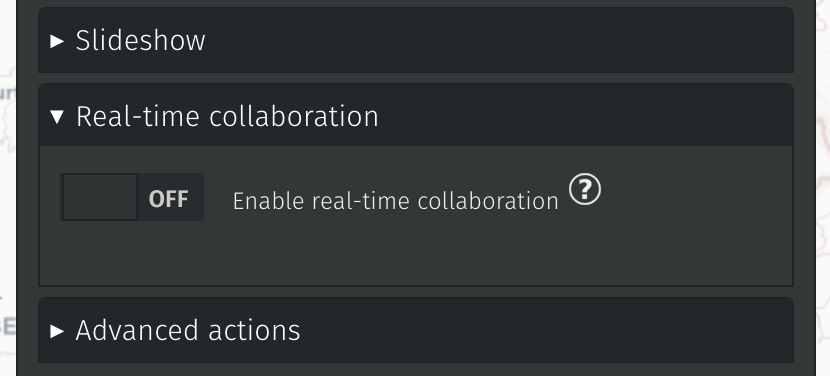Today I realised that it’s probably significantly more efficient (in terms of effort and time) to simply state the reason(s) for (in)validating a task in the task comments, and ask contributors to read the project comments where I can post some more detailed comments, explinations, pictures etc. related to common mistakes I find while validating the project.
This efficiently accomplishes at least four objectives;
- Contributors who read the comments recieve feedback regarding their contributions
- It is easier to get an overwiew of quality issues in the project.
- It saves time in comparison to giving feedback on each individual task.
- Contributors to the project who map areas yet to be mapped and read the project comments can get a heads up, before contributing increasing the likelihood that they will avoid making the same mistakes.
Farewell to giving feedback on every task, unless it is truly unique. 😌






